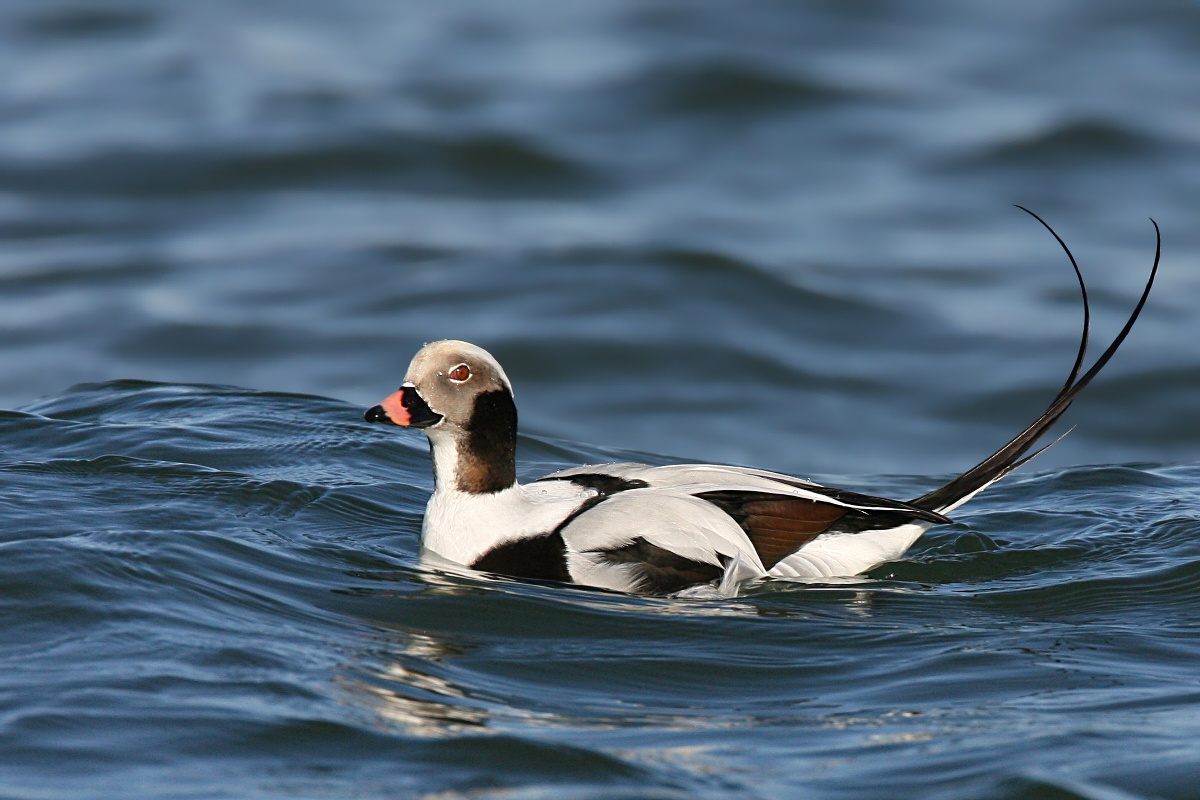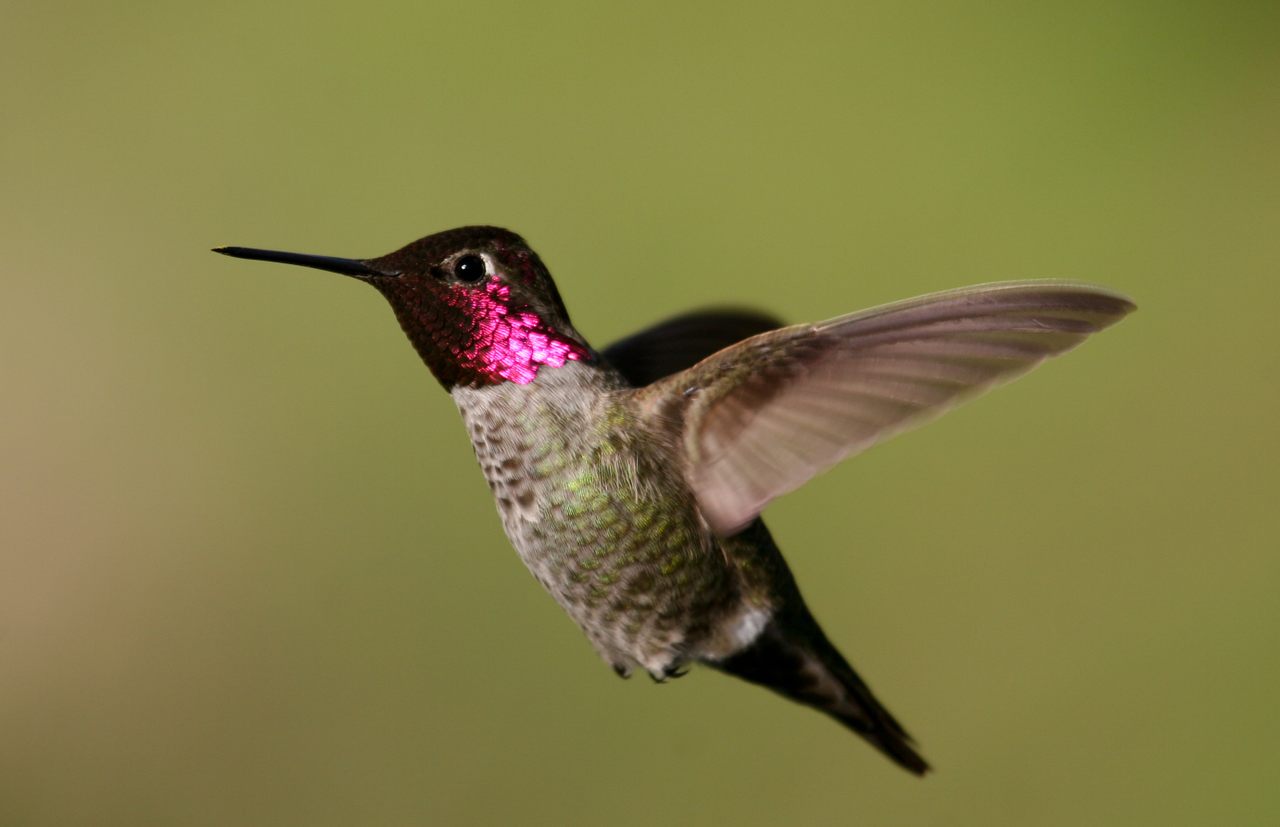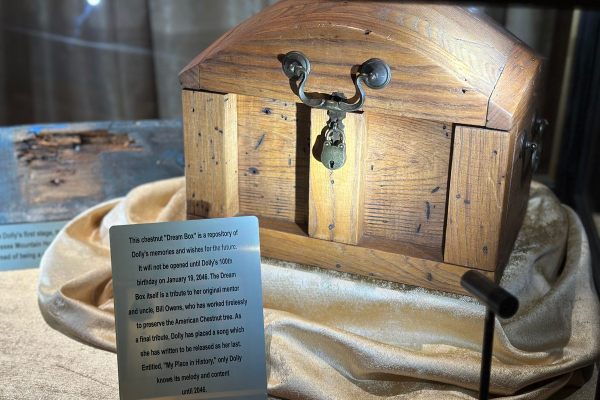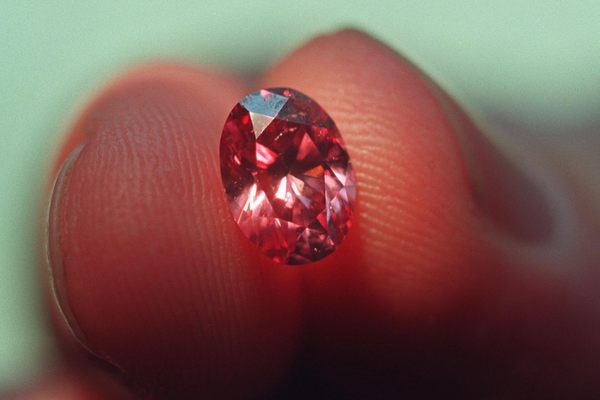North American Birds Will No Longer Be Named After People
Renaming birds isn’t new, but this official change could be the start of something larger.
Some bird names are straightforward: clear, descriptive, even evocative. Take the collared forest falcon. We know where it hangs out and what it looks like. Or the social flycatcher (what it eats and how it gathers) or yellow-bellied sapsucker (coloration, diet, and method of eating). Many more birds get their names from the old tradition of eponyms, to honor the person who found them, a mentor, a lost loved one: think Anna’s hummingbird or Townsend’s warbler. These names have always been a little controversial, and now they’re in for a change.
On November 1, 2023, the American Ornithological Society (AOS) announced that all North American birds named for people have got to go. Well, their names, at least. First, the nonprofit is focused on names that are offensive or tied to enslavers, racists, and graverobbers, such as Audubon’s shearwater (for all his celebrated contributions to naturalism, John James Audubon qualifies as all three). The AOS plans to address eight to 10 names in 2024, then another 70 or so, and eventually tackling all 152 on their list for North America. The revised names will be inspired by each bird’s features—a striking cap of colorful feathers, a habitat, a distinctive song, or diet. And the public will get to weigh in on these new names. The AOS hopes the change in common names (internationally regulated scientific names, which also often honor people, will stay the same), which are used widely by backyard birders, scientists, and policymakers alike, will make birding more inviting and accessible to a wider audience.

“Common names really help us connect with birds,” says Judith Scarl, the society’s executive director and CEO. “When you can name something you feel more of a sense of connection to that thing. But if a name leaves a bad taste in your mouth, or what if when you hear a name it personally offends you, that just creates a barrier to that connection.” She hopes that the more people connect with birds, the more they’ll fight to protect them, too. “We’ve lost almost three billion birds in North America over the last 50 years, so we really need as many people as possible engaged with birds and wanting to protect them.”
The use of eponyms, and efforts to change the practice, have long been a source of controversy in the sometimes intense avian enthusiast world. The argument against eponyms for birds is actually quite old, says ornithologist and historian Matthew Halley, an assistant curator of birds at the Delaware Museum of Nature and Science. He points out the history of this debate in his blog, quoting Charles Willson Peale, one of America’s first ornithologists, in 1799: “There is also another unmeaning custom, which it is still more essential for us to get rid of. I mean that of naming subjects of Nature, after Persons, who have plumed themselves with those childish ideas of their being the first discoverers of such or such things.”
The new action on this subject has predictably ruffled some feathers. One of the common complaints shared on social media is that renaming birds will be confusing for researchers and birders alike. Though the AOS decision will be a historic shift, changing bird names isn’t at all new, says Scarl. Bird names have been replaced and revised throughout history due to scientific discovery, usually for newly described or revised species, seemingly without too much disruption.

In fact, bird names change every year. Dozens of names were changed in 1957 and 1973, and were widely adopted even before the assistance of the internet, the AOS report points out. “A 50-year old lifelong Los Angeles birder will have had to learn new names for, among others, Brown Towhee, Black-tailed Gnatcatcher, Plain Titmouse, Scrub Jay (and then again for Western Scrub-Jay), Western Flycatcher (and then again for Pacific-slope Flycatcher, and most recently back to Western Flycatcher again), and Xantus’s Murrelet,” reads the report.
Prior to recent years, the changes haven’t caused an uproar. “The North American Committee [of the AOS] has been changing bird names for well over a century,” says Halley. “Everybody’s been fine with those changes. And nobody’s nostalgic for the bird names that were racial slurs.” Even before 2000, several petitions had been submitted to the committee to change the name of the bird now known as the long-tailed duck, which previously was named with a derogatory and racist term for Native American women. They argued the name was offensive, and that it also discouraged Native communities from engaging in local conservation efforts. The name was eventually changed, but in the name of consistency with what it is called in Europe, and not for “political correctness,” according to the 2000 AOS decision.
In 2018, graduate student Robert Driver at East Carolina University proposed that McCown’s longspur—named after a Confederate general—be renamed the thick-billed longspur. The proposal was originally denied, but the topic began to resurface in the bird world in 2020 in the wake of the murder of George Floyd by a police officer, as well as the viral case of a white woman falsely accusing Christian Cooper, a Black birder, of threatening her in New York’s Central Park—both of which occurred in May of that year. Other advocates for name changes began to emerge, from the grassroots campaign of Bird Names for Birds, to Halley calling out the historic wrongs committed within the field of ornithology, to educators such as Joseph Pitawanakwat and Andrés Jiménez discussing the decolonization of bird names.

In 2020, the committee had a change of heart and accepted the change, which laid a path for not only removing offensive eponyms, but doing away with them all together. The committee decided that changing names on a case-by-case basis would take too much time and resources. “We also really want to keep the focus on the birds, and on engaging as many people with ornithology and birding as possible,” says Scarl. “In a lot of ways, this is actually the most straightforward approach.”
Now, the bird world should be able to adapt, says Halley. “Once the history is exposed, we have to act responsibly, the way scientists do when scientists uncover a bunch of new data that changes what they thought was true,” he says. “They let the data drive their behavior and their opinions, whereas quite the opposite has been happening in the bird world when it comes to these names.”
And no one knows this pushback better than the minority of researchers around the world that are advocating for the removal of eponyms beyond birds, across all organisms. “I think that the AOS initiative adds weight to the argument that eponyms are not appropriate for the 21st century,” says conservation biologist Richard Ladle, of the Federal University of Alagoas, Brazil, who coauthored a 2023 article advocating for the removal of eponyms from scientific names, too. He hopes the AOS decision is just one of many. “I think actions such as the recent announcement by the AOS have been a long time coming,” he says. “I suspect that this is just the start of a process of renaming and rethinking the practice of scientific naming.”

































Follow us on Twitter to get the latest on the world's hidden wonders.
Like us on Facebook to get the latest on the world's hidden wonders.
Follow us on Twitter Like us on Facebook